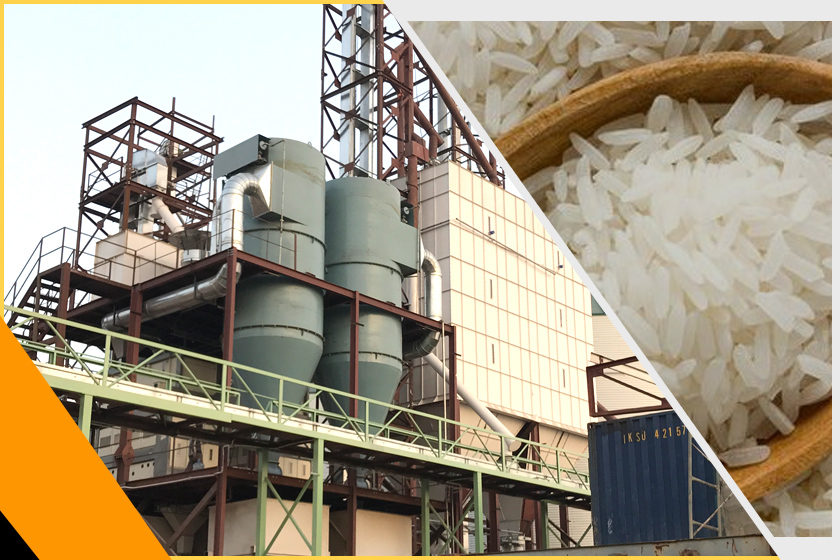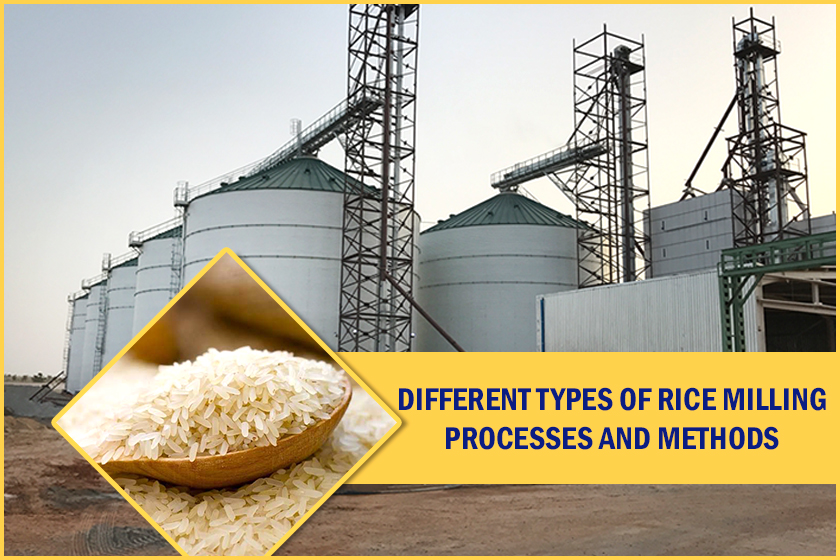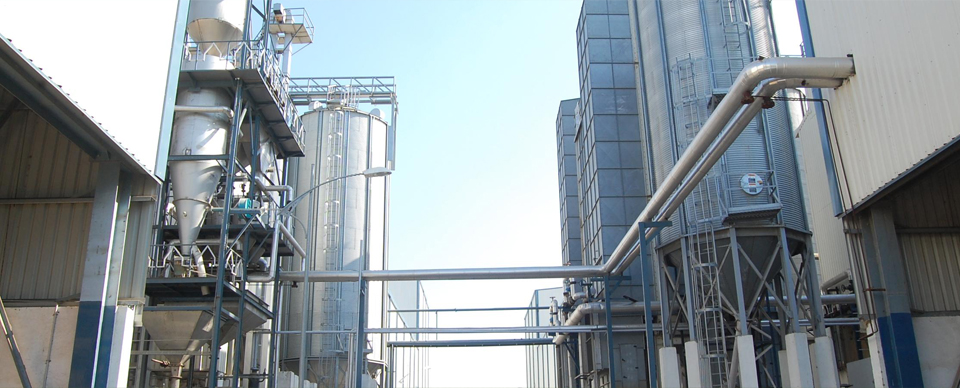The process of converting paddy into Rice by using modern technologies is called modernization of the Rice Milling Industry. This process helps easily remove the husks, dust, extracting the kernel of Rice, and produce edible Rice by using high-tech machines. You can be able to get more Rice with the involvement of the Modern Rice Milling process. Many industries are likely to change their old plant to the latest technology. Various operations are being followed all over in milling for the production of the end product named Rice.
The Processes Involved In Modern Rice Milling:
There are eight processes involved in Modern Rice Milling, and every process is carried out in order. Each process depends on others and waits until the completion of the previous process. But it is a rare scene because of several tons of paddy involved. Modern rice milling delivers polished Rice with great quality to the customers and retailers. Modern rice milling machines are a great cost to plants. But it is worth its cost and gives a huge profit to rice merchants.
- Pre-cleaning
- Dehusking or Dehulling
- Separation of Paddy
- Polishing or Whitening
- White Rice Separation
- Mixing of Rice
- Polishing of Mist
- Packing and weighing of Rice
Working Of Modern Rice Milling Industry:
Pre-cleaning is an initial process, and it increases the chance of Dehulling. This process prepares paddy for the easy removal of husks. The de-husking process completely removes husks bypassing paddy with different speeds in abrasive surfaces. Brown rice is converted to Paddy Rice by the paddy separation process. Three or four whitening machines are connected to polishing the Rice by removing gems and brans.
Large and small Rice are being collected from separating white Rice after polishing. The rice mixing process involves volumetric mixers for mixing Rice in the right proportion depending on the country. In mist polishing, the final mist of water is applied to Rice before packing. After this, the Rice Milling Industry uses weighing mechanisms to pack Rice and ready to sell. These steps are being followed for packing all varieties of paddy crops. Specialized operators are being involved in the rice machine operation.
Responsibilities Of Rice Mill Consultants:
The rice mill merchants assist consultants for higher production with great quality. They use consultants to attract customers for the right choice of selling good products. Instant development in Rice’s production in the day-to-day process influences consultants to make great dealing with a client. Rice Mill Consultants also look after each unit in the process of milling. They take care of the efficiency of work and provide guidelines for industries. They involve choosing the quality rice machines to operate without giving problems at production time. Thus the consultants of this field help the merchants to have a good deal of business profitably.
 MAIL US :
MAIL US :
 CALL US :
>
CALL US :
>



